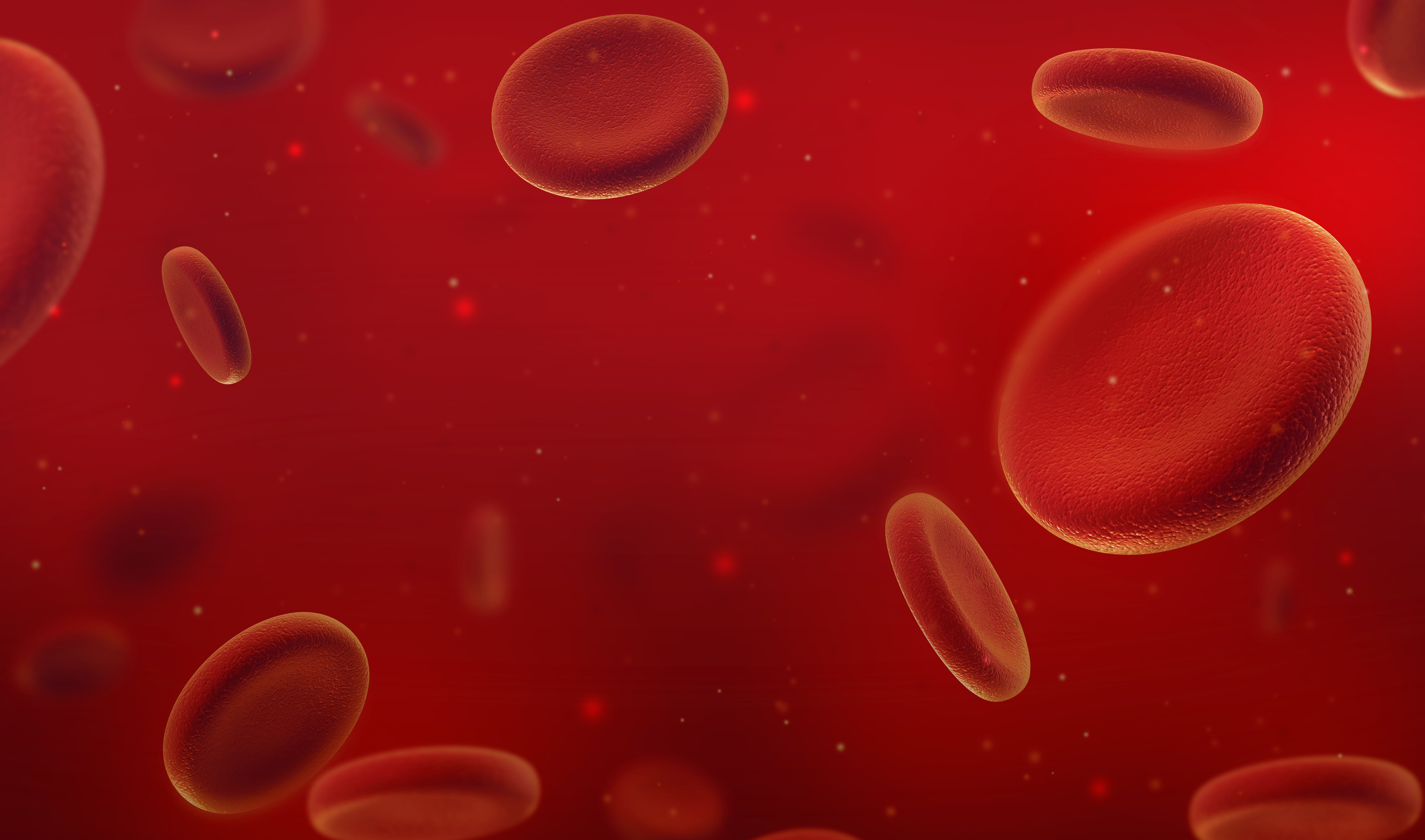Last updated on September 29th, 2021
Ever wonder if iron deficiency might be behind your persistent fatigue?
Iron is a mineral that is critical to so many aspects of our health yet, it’s a nutrient that many people don’t get enough of. In fact, it’s the most common nutritional deficiency worldwide most often affecting women throughout the menstruation years (particularly those with very heavy periods), pregnant women and children.
Most of the iron in the body is within haemoglobin in red blood cells, which carries oxygen throughout the body. Our body also stores iron in a protein called ferritin. Both ferritin and haemoglobin can be tested in the blood but it’s ferritin that’s used as a marker of our iron status. Haemoglobin levels are used to assess whether anaemia is present—low levels can result from a severe iron deficiency, but other nutritional deficiencies can cause anaemia too so low haemoglobin isn’t specific to iron only.
Symptoms of iron deficiency can include:
- Fatigue
- Shortness of breath, particularly on exertion (for example, you might feel very out of breath and possibly lightheaded after walking up some stairs or a hill, and this doesn’t seem to reflect your level of fitness)
- Poor memory and concentration
- Increased susceptibility to infections
- Restless legs syndrome
- Brittle hair or hair loss
- Brittle and spoon-shaped nails
- Poor appetite
- Cravings to eat ice
Iron deficiency occurs gradually and in stages (unless there is blood loss that is sudden and significant).
Stages 1 – 2
These stages involve moderate to severe depletion of iron stores, however, symptoms of deficiency usually aren’t yet apparent.
Stage 3
By this stage, you are likely experiencing some symptoms of iron deficiency (such as tiredness) however iron deficiency anaemia is not present.
Stage 4
By this stage you have progressed to iron deficiency anaemia – your red blood cells are now hypochromic (pale) and microcytic (smaller than normal), and haemoglobin levels are low so your capacity to transport oxygen throughout the body is reduced and you will be experiencing symptoms.
With any health challenge my goal is always to get to the heart of what’s going on, and the same is true with iron deficiency. While an iron supplement may be needed to restore your iron levels if you are deficient, this may not necessarily be the only action that is required; there could be other strategies and changes that are needed to address an underlying problem or to prevent the deficiency from persisting or reoccurring in future. For this reason, it’s really important to understand what has caused the iron deficiency.
Some potential contributors to iron deficiency can include:
- Inadequate dietary intake of iron
- Increased iron requirements, which may make it difficult to obtain enough through food – for example, due to increased blood volume during pregnancy, during the adolescent growth spurt, or for athletes (particularly those who do a lot of vigorous activity, such as endurance sports and long-distance running)
- Undiagnosed (untreated) coeliac disease – chronic iron deficiency can sometimes be the only symptom a person with coeliac disease experiences
- Increased iron losses due to heavy menstrual periods
- Blood loss – if there is blood in stools, this must be investigated by a medical doctor
- High calcium intake or calcium supplementation taken with iron-rich foods, as the calcium competes with iron for absorption
- Excessive intake of other dietary substances that can inhibit iron absorption, such as too much fibre
- Long term use of antacids and proton pump inhibitor (PPI) medications, which are used for heartburn and reflux
- Parasitic infections
So, what can you do if you think you might be low in iron?
The first step is to visit your GP to discuss your symptoms. They can arrange a blood test to check your iron stores if needed – this test is called ‘iron studies’. If iron deficiency is chronic and unexplained, your GP may also order some further tests to investigate the cause (such as a test for coeliac disease).
It’s vital to have your iron levels checked via a blood test before starting an iron supplement as the body isn’t able to readily excrete excess amounts of iron and if too much builds up this can be problematic for your health. Some people have a genetic condition called haemochromatosis, where their body absorbs and stores too much iron, and some of the symptoms of iron overload can actually be similar to those of iron deficiency.
If an iron deficiency is confirmed through your blood test, an iron supplement is usually needed for at least a few months to help replenish your body’s iron stores. For some people, iron supplements can contribute to digestive symptoms such as constipation, however there are a few strategies to try if you have had this experience in the past and are concerned. Liquid iron supplements or iron supplements made with a form of iron called iron bisglycinate are often well tolerated, and another option is to try taking it every other day to see if this improves tolerance. For personalised advice on what is right for you, please consult with your health care provider.
For more about iron in food and bioavailability, check out my blog here.









